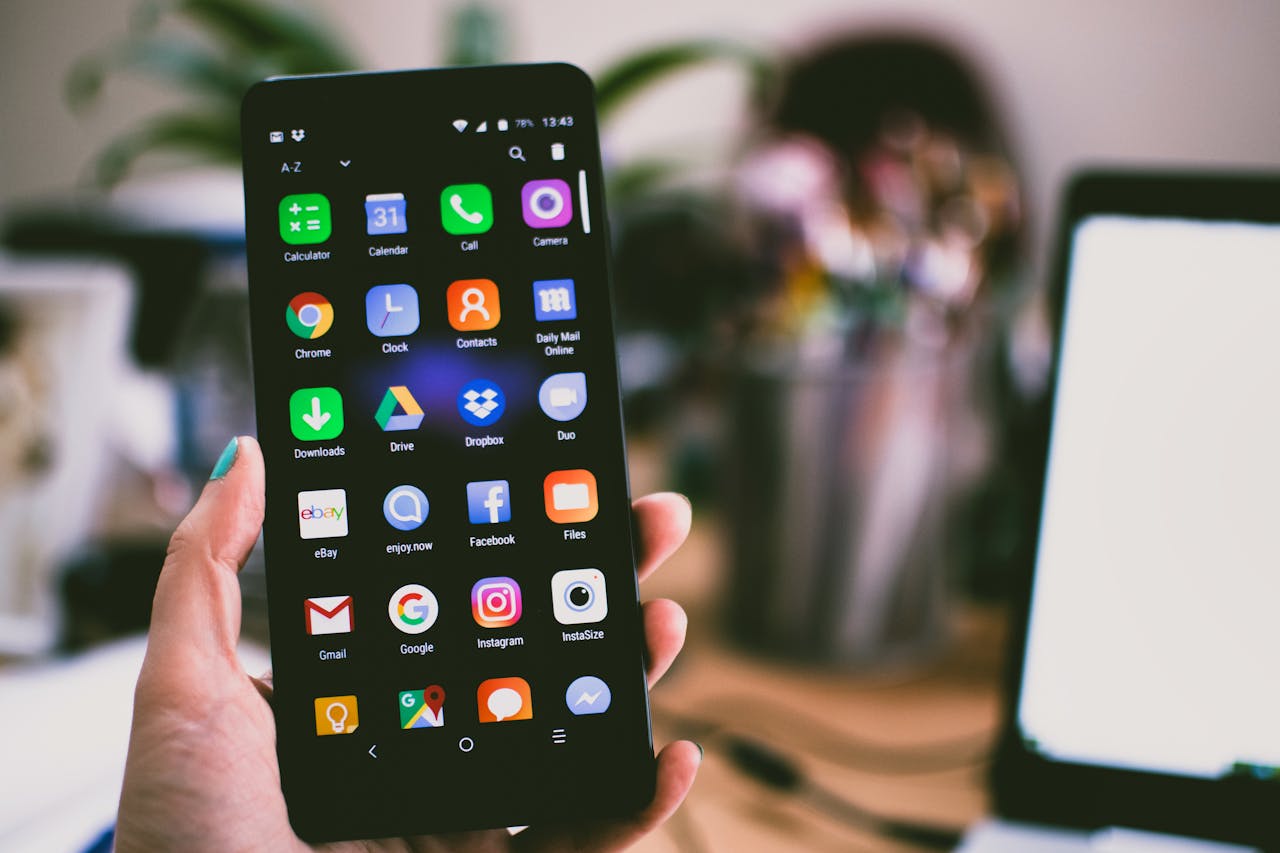Phones now carry calendars, photos, and half the day’s conversations, so manners around them shape how work and friendships feel. The aim hasn’t changed: respect time, protect attention, and keep private moments private. The tools did. Calls blur into video, texts stack, and group chats can drown a plan in minutes. Clear habits restore calm. Short messages set expectations, calls carry nuance, and silence leaves room for real life. With a few steady rules, screens support relationships instead of running them.
Text First, Then Call With Purpose

A quick text asking for a good time to talk saves everyone from surprise rings mid-meeting or bedtime. If it’s urgent, say why in one line and include a window. When the call begins, open with the point, confirm how long is needed, and actually end there. Follow with a short recap if decisions were made. This rhythm respects attention, trims voicemail clutter, and keeps calls for nuance, not for what a message could do faster and more cleanly.
Keep Phones Off Tables During Meals And Meetings

A face-down phone still pulls focus. Pocket it, silence it, and let the room breathe. If an on-call role requires availability, explain once, choose vibrate, and step out briefly if it buzzes. The signal is simple: the people present come first. Conversations lift, eye contact returns, and the group finishes sooner. A shared pause from screens turns meals into meals and meetings into decisions instead of detours. Presence reads as care; care is the point.
No Speakerphone In Public, Ever

Shared spaces deserve quiet. Skip speakerphone on sidewalks, buses, and lobbies; use headphones or wait. If others must join, find a room where voices will not bounce and announce who is present so no one overshares. Privacy isn’t only about secrets; it’s about giving strangers a break from someone else’s calendar. Keeping calls contained protects reputations, reduces stress in crowded places, and lowers the chance of an accidental headline that lives longer than the moment.
Mindful Voice Notes And Length

Voice notes help when tone matters, but keep them tight. Aim under a minute, add a one-line text for context, and break longer thoughts into parts. Skip recordings in noisy places that force friends to decode static. Ask a clear question near the end if feedback is needed. In group threads, default to text unless everyone prefers audio. Used this way, voice feels warm and helpful without turning commutes into homework or burying a simple yes.
Group Chats Need Boundaries

Name the chat, set a purpose, and agree on quiet hours across time zones. Big updates deserve a new thread; side jokes belong in DMs so logistics stay visible. Use reactions for quick acknowledgments so 20 “got it” replies don’t bury a plan. When a decision is final, pin it. Rotate a weekly summary if the chat is vital. Small habits like these keep families organized, teams aligned, and weekend plans easy to find at a glance.
Ask Before Filming, Sharing, Or Tagging

Not everyone wants a meeting clip online or a child’s face in a story. Ask first, especially in classrooms, clinics, and private homes. If consent is given, share thoughtfully, avoid sensitive details, and tag only those who agreed. Remove posts when asked, no debate. Photos feel harmless until context changes. Treat cameras as invitations, not rights, and the relationship stays ahead of the algorithm. Courtesy travels faster than a repost and ages much better.
Respect Do Not Disturb And Response Windows

Read receipts and online dots do not equal availability. People sleep, focus, drive, and reset. Expect daytime replies within a business day and after-hours replies the next morning unless it’s flagged urgent. If a message truly cannot wait, say so kindly and explain the stake. Honor scheduled DND; repeated pings break trust. Strong teams and friendships use phones to coordinate, not control, and they measure care by outcomes, not timestamps or typing bubbles.


